Hepato-pancreato-biliary
E244: Cost analysis and financial implications of robotic and open pancreatoduodenectomy: a propensity score-matched analysis
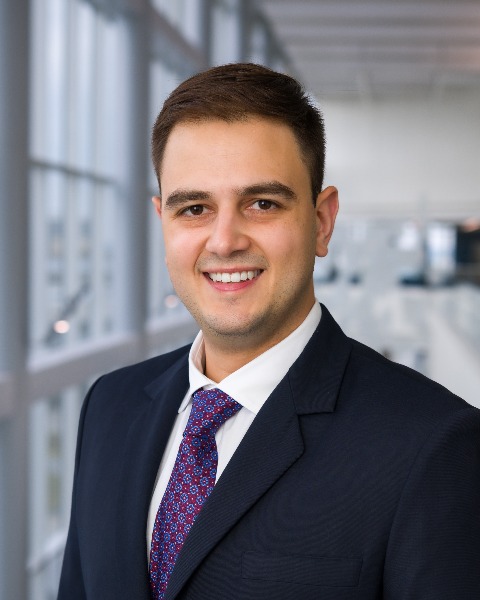
Andres A. Abreu, MD (he/him/his)
Postsdoctoral Researcher
Department of Surgery, University of Texas Southwestern Medical Center
Dallas, Texas, United States
Andres A. Abreu, MD (he/him/his)
Postsdoctoral Researcher
Department of Surgery, University of Texas Southwestern Medical Center
Dallas, Texas, United States
Andres A. Abreu, MD (he/him/his)
Postsdoctoral Researcher
Department of Surgery, University of Texas Southwestern Medical Center
Dallas, Texas, United States.jpg)
Emile Farah, MD
Postdoctoral Researcher
Department of Surgery, University of Texas Southwestern Medical Center
Dallas, Texas, United States.jpg)
Jennie Meier, MD, MPH (she/her/hers)
Resident
Department of Surgery, UT Southwestern Medical Center, United States- AK
Amudhan Kannan, MBBS
Postdoctoral Research Fellow
Department of Surgery, University of Texas Southwestern Medical Center, United States - JB
James Buckley, MBA
Financial analyst
University of Texas Southwestern Medical Center, United States - LZ
Liquing Zhang, MS
Financial analyst
University of Texas Southwestern Medical Center, United States - JM
John Mansour, MD
Professor of Surgery and Vice Chair of Quality
University of Texas Southwestern
Dallas, TX, United States 
Matthew R. Porembka, MD (he/him/his)
Associate Professor
University of Texas Southwestern Medical Center
Dallas, Texas, United States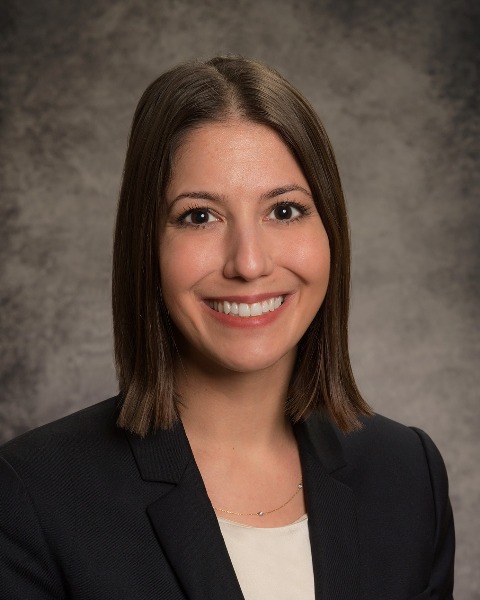
Cecilia G. Ethun, MD, MS (she/her/hers)
Assistant Professor
University of Texas Southwestern Medical Center
Dallas, Texas, United States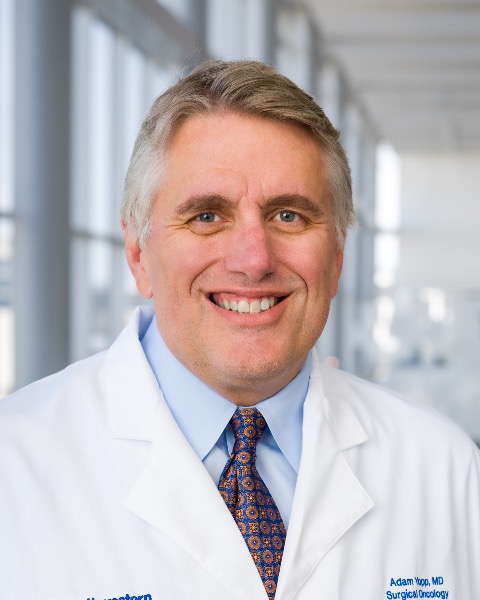
Adam Yopp, MD
Professor and Division Chief
UT Southwestern Medical School
Dallas, Texas, United States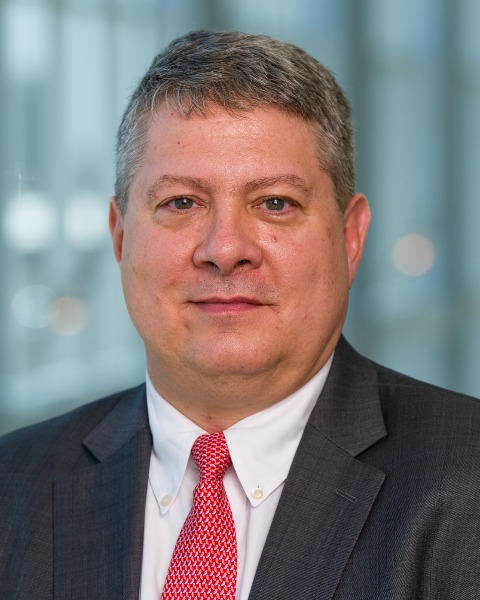
Herbert J. Zeh, III, MD
Professor and Chair
Department of Surgery, University of Texas Southwestern Medical Center
Dallas, TX, United States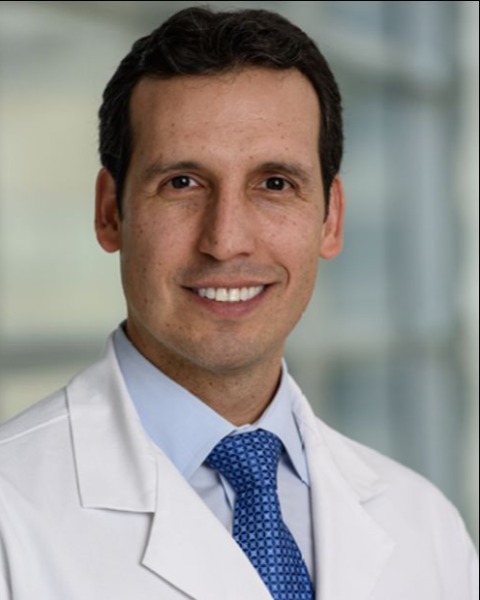
Patricio M. Polanco, MD
Associate Professor
Department of Surgery, University of Texas Southwestern Medical Center
Dallas, Texas, United States
ePoster Abstract Author(s)
Submitter(s)
Author(s)
In expert hands, robotic pancreatoduodenectomy (RPD) is associated with improved perioperative outcomes compared to open pancreatoduodenectomy (OPD). However, the financial implications of robotic pancreas surgery have raised concerns and have yet to be explored in the US. This study describes the differences in hospital costs, collections, and contribution margin (CM) of RPD compared to OPD.
Methods:
We performed a retrospective cost analysis of 363 PDs for malignant and non-malignant diagnoses at our NCI-designated center from 2015 to 2023. Cases with incomplete financial data and locally advanced malignant diagnoses were excluded from the final analysis. Reports of direct costs and collections were obtained from the institutional administrative datasets. CM was defined as total collections minus the direct costs. Our primary outcomes were direct costs, collections, and CM. We used chi-square and Wilcoxon-sum-rank test for bivariate analysis. Differences in length of hospital stay (LOS) and incidence of postoperative complications (POC) were assessed as secondary outcomes. A propensity-scored matched analysis was performed to control for age, sex, race, Charlson Comorbidity Index, histology, resectability, and insurance type.
Results:
We analyzed 208 patients undergoing PD, and of these, 125 (60%) cases were OPD, and 83 (40%) were RPD. 177 cases were resectable, and 31 were borderline resectable. 146 procedures were performed for malignant histology and 62 for benign diagnoses. The payer mix was 126 Medicare/Medicaid and 82 private. Before matching, the median direct cost for OPD cases was $27,308 (23,968 – 36,509), median total collections were $41,308 (IQR: 27,291-58,847), and the median CM was $7,105 (-1,740-27,120). For RPD, the median direct cost per case was $34,359 (30,567-41,576), median total collections were $46,546 (29,546-74,956), and the median CM was $7,420 (-5,167-35,266). After matching, RPD was non significantly associated with $373 higher costs, $570 higher collections, and $943 higher CM than OPD. Moreover, RPD was associated with a 25% lower risk of POC (95% CI: -40.7- -9.1; p = 0.002) and three fewer days of hospital stay than OPD (95% CI: -5.65- -0.60; p = 0.02).
Conclusions:
RPD is costly, and the costs associated with using the robotic platform may hinder its adoption. However, our findings suggest that in high-volume institutions that have surpassed their learning curve, the financial impact of the robotic approach may be comparable to the open approach, with the additional benefit of a decreased incidence of POC and shorter LOS.
Learning Objectives:
- Compare and contrast the financial implications and perioperative outcomes of robotic pancreatoduodenectomy (RPD) and open pancreatoduodenectomy (OPD) based on the study's findings.
- Evaluate the primary and secondary outcomes of the study, focusing on direct costs, collections, contribution margin, length of hospital stay, and the incidence of postoperative complications between RPD and OPD.
- Analyze the potential benefits and drawbacks of adopting the robotic approach for pancreatoduodenectomy in high-volume institutions, considering the associated costs, financial impact, and perioperative outcomes.
